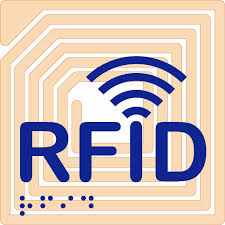Humanitarian logistics research is dedicated to the following three planning stages in the disaster life cycle: (pre-disaster) pre-paredness phase, (post-disaster) response and recovery phases. In the pre-disaster phase, preparedness plans and risk prevention actions, such as infrastructure and building reinforcement, reduce damage in disaster prone areas. Furthermore, inventory and equipment prepositioning enable fast relief distribution to survivors from restocked commodities. On the other hand, pre-positioning of shelters leads to coordinated evacuation of the population to nearby shelters. Pre disaster models are usually stochastic due to the uncertainty of the disaster impact level.
Although it is not very easy to combine the best values of practitioners and academic researchers, the use of technology is a must in order to achieve success in humanitarian logistics operations. A holistic approach such as web-based Enterprise Resource Planning (ERP) systems is yet to be seen in this area. The commercial versions of such systems are readily available but they need to be adapted to disaster context. Unfortunately, most of the disaster response costs are born by governments and private damage costs by insurance companies. Unless disasters use up country GDPs more and more, government funding will probably not be made available to build a disaster ERP, i.e., Disaster Resource Planning (DRP) software.
Click here for government certification in Logistics & Supply Chain Management





4 Comments. Leave new
Good effort!
Good work…!
Good Work!
The integration of technology to modern lifeform is the best work to do 😀
Good work 😀
nice done 😀